Jeremy Bentham was consumed by creating a perfect prison. Here’s the result
The British philosopher and social theorist Jeremy Bentham was, for nearly two decades, consumed by how to construct the ideal building for institutional supervision – and in particular, a better prison. Published in 1791, Bentham’s plans for a ‘panopticon’ building (from the Greek for all-seeing) proposed what he believed to be a cheaper, more efficient and more humane alternative to the prisons of his time. While today the panopticon is more often thought of as a metaphor for power and surveillance than as a flawless prison layout, Bentham believed his proposal was highly practical, applicable ‘without exception, to all establishments whatsoever, in which … a number of persons are meant to be kept under inspection’. This short video from Myles Zhang, a PhD student specialising in US urban history at the University of Michigan, crafts a precise digital construction of a panopticon prison based on Bentham’s plans, with the design’s broader commentaries on punishment, power and surveillance sitting in the subtext. You can read more about Zhang’s project here.
Via Open Culture
Director: Myles Zhang

video
Biography and memoir
As her world unravels, Pilar wonders at the ‘sacred geometry’ that gives it structure
20 minutes
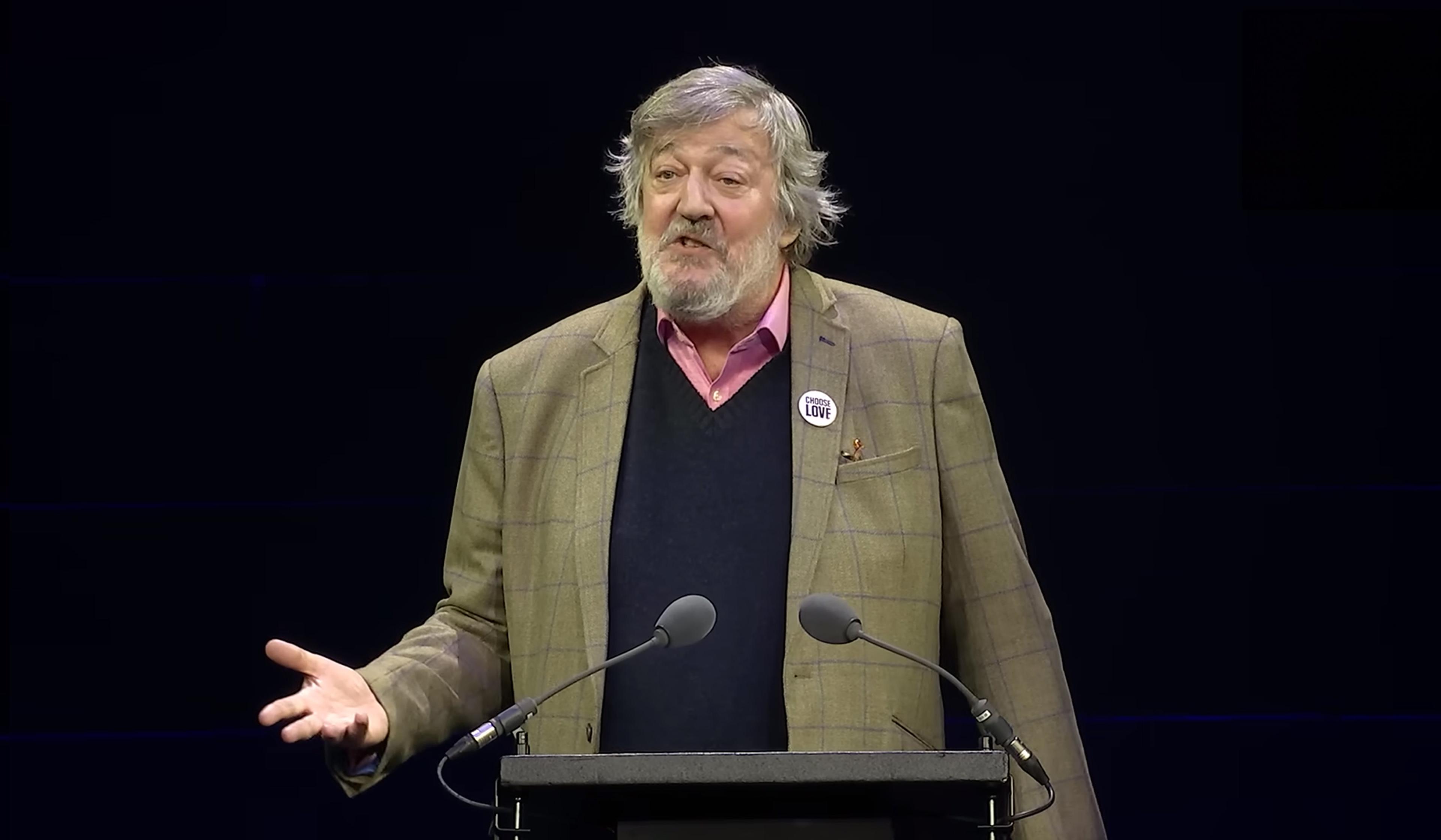
video
Meaning and the good life
Why strive? Stephen Fry reads Nick Cave’s letter on the threat of computed creativity
5 minutes
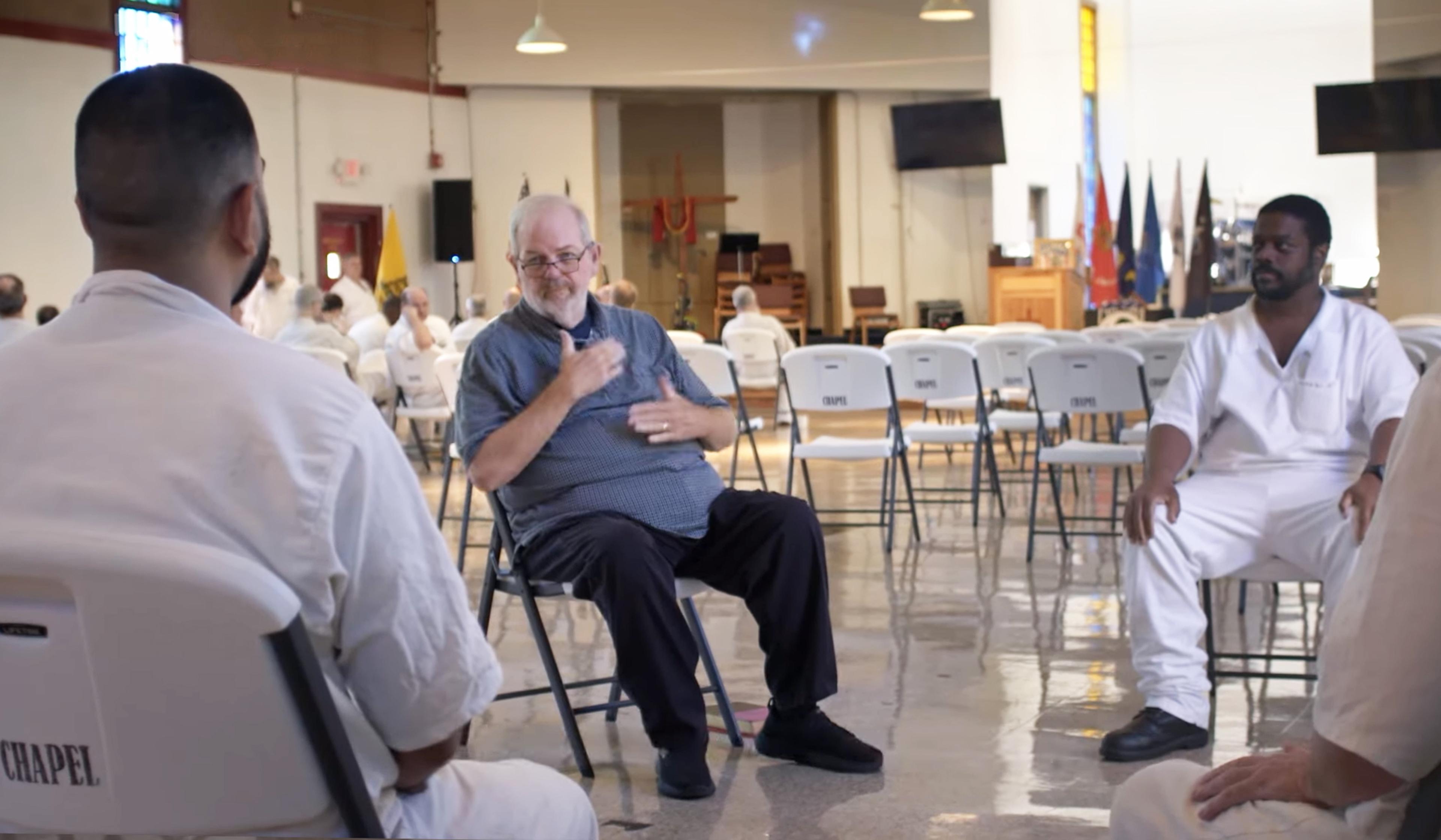
video
Human rights and justice
‘I know that change is possible’ – a Deaf prison chaplain’s gospel of hope
18 minutes
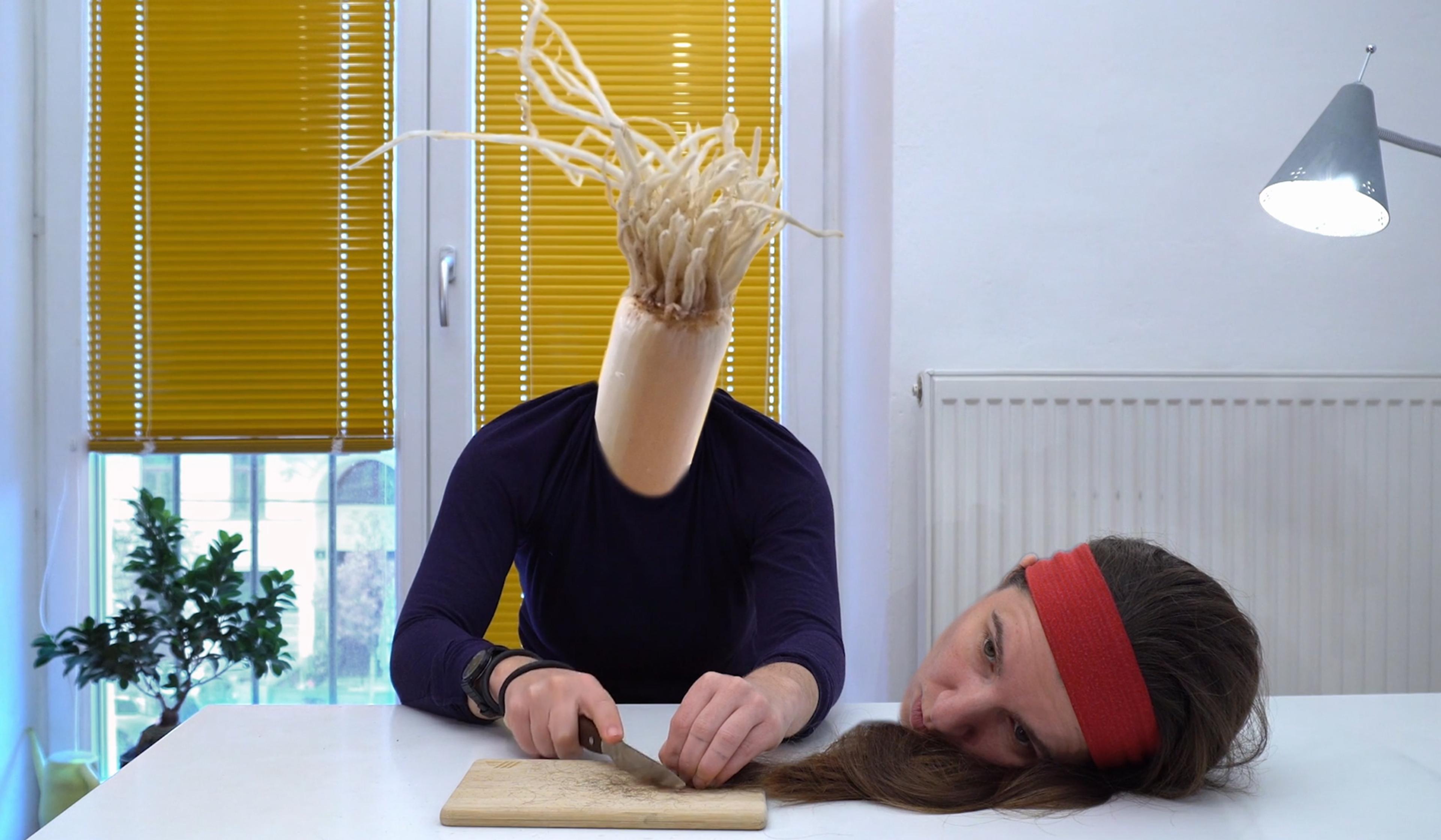
video
Technology and the self
An artist swaps her head with everyday objects in a musing on consumerism
4 minutes
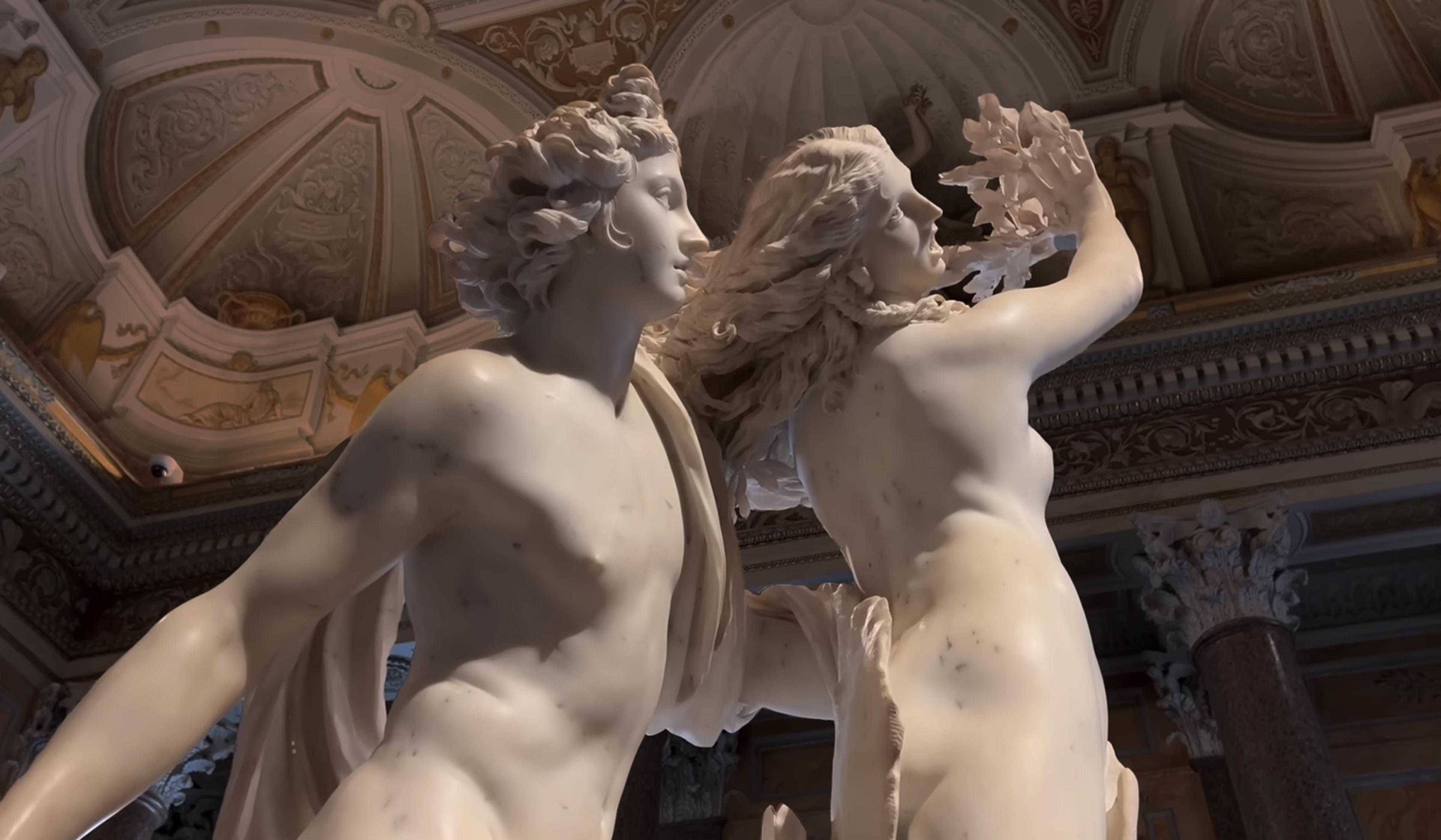
video
Art
The overlooked polymath whose theatrical oeuvre made all of Rome a stage
30 minutes
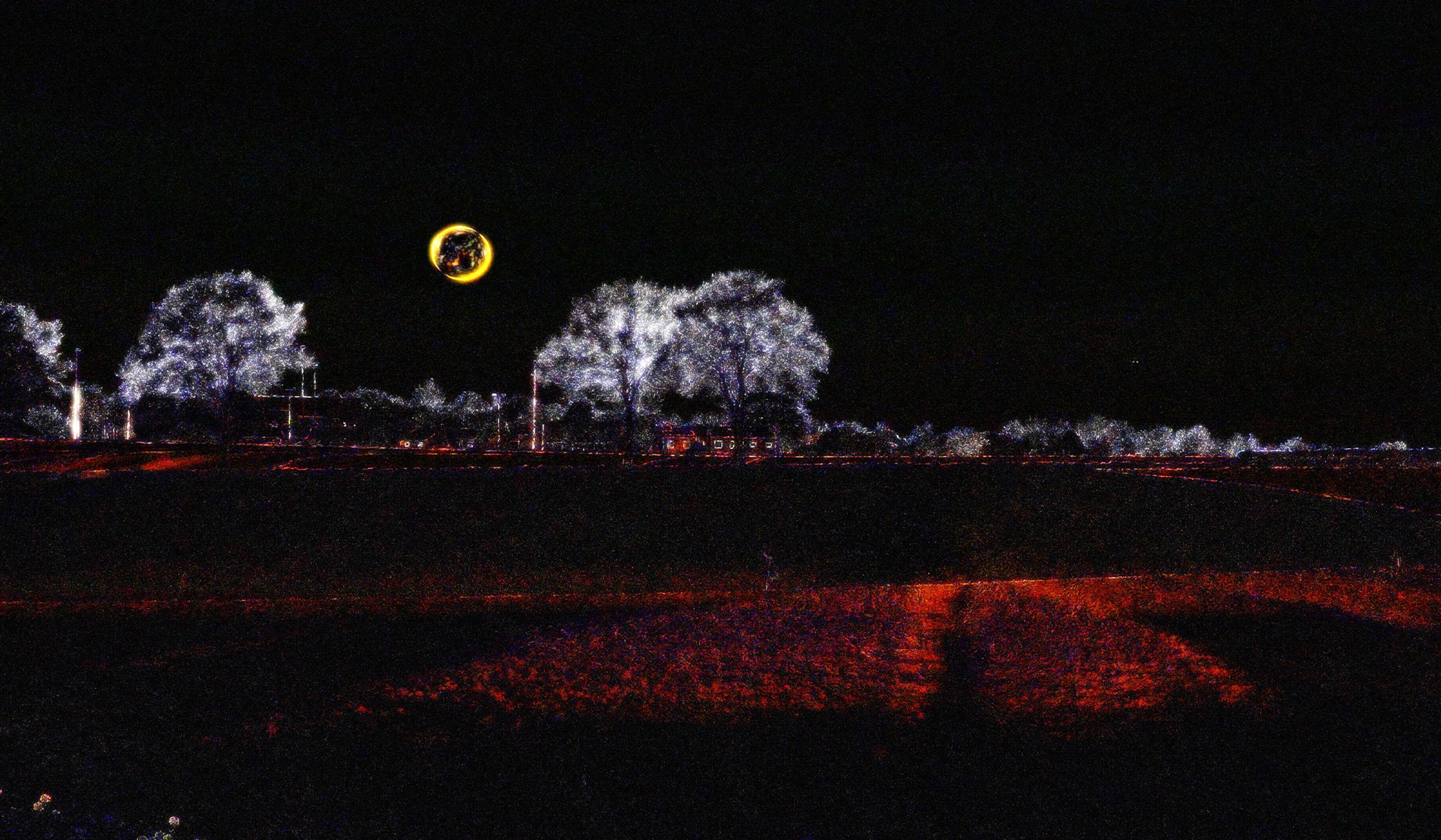
video
Film and visual culture
An augmented-reality filter reveals the hidden movements all around us
7 minutes
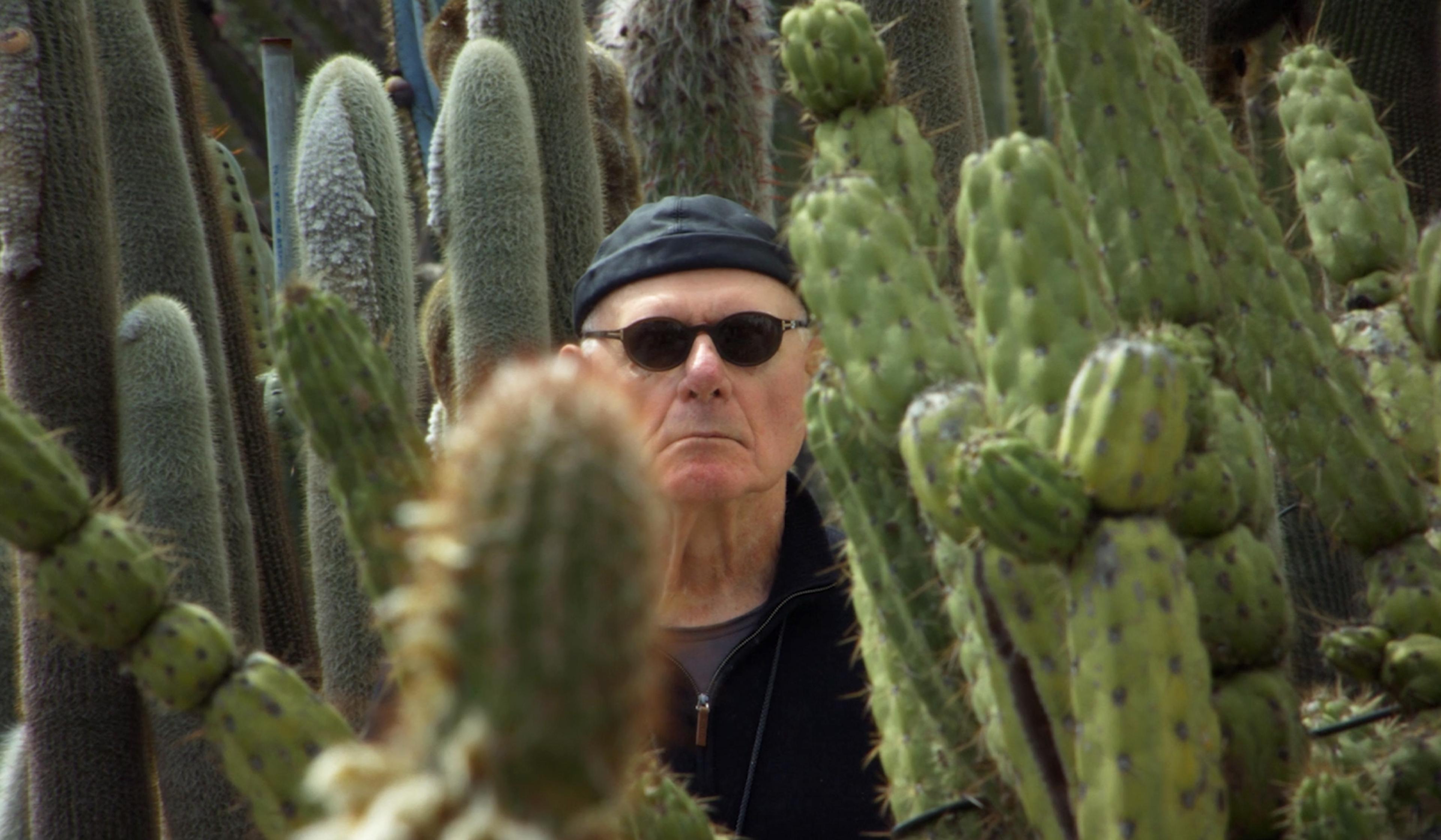
video
Beauty and aesthetics
The grit of cacti and the drumbeat of time shape a sculptor’s life philosophy
11 minutes
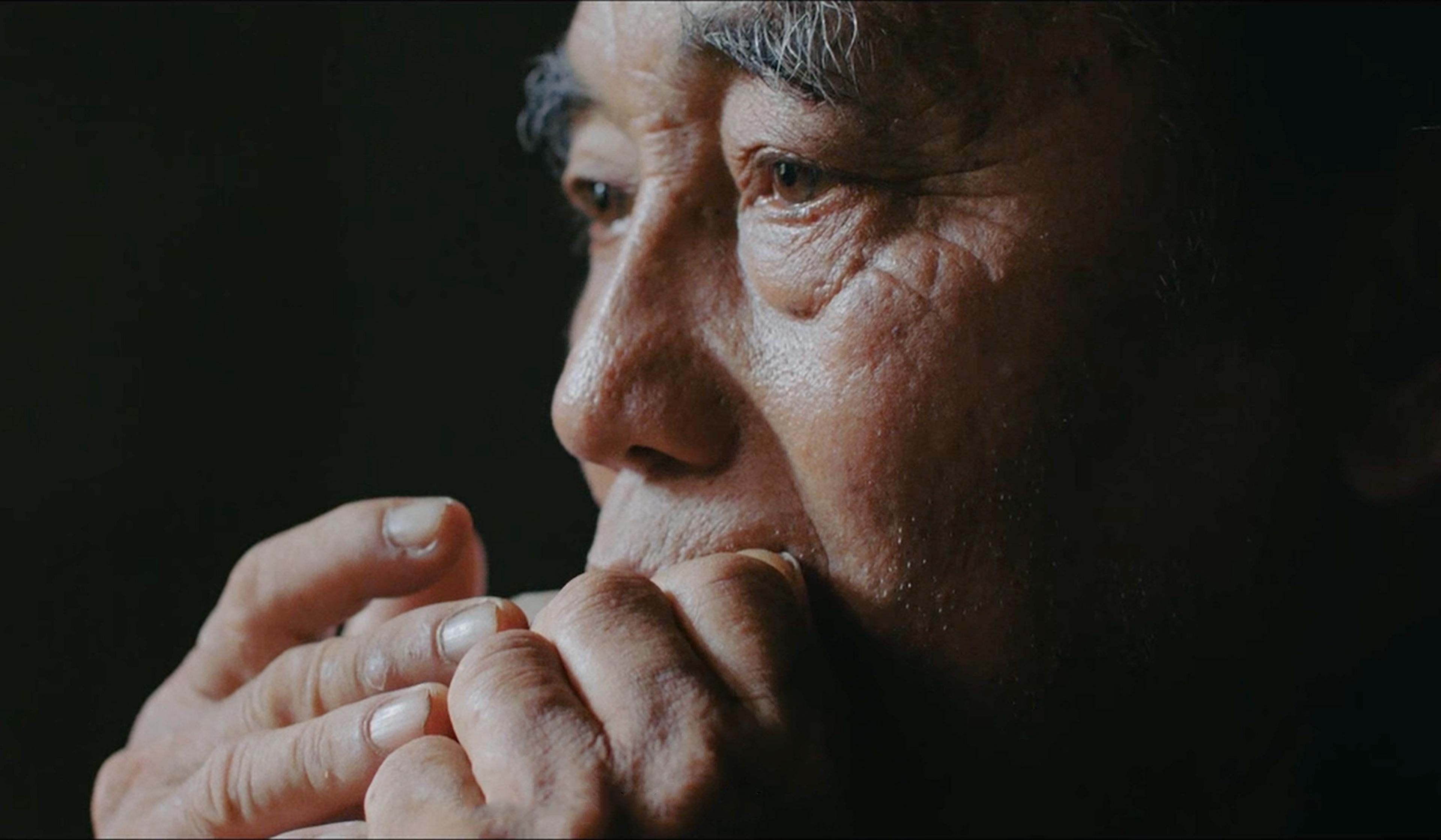
video
Language and linguistics
Messages born of melody – hear the whistled language of the Hmong people
18 minutes
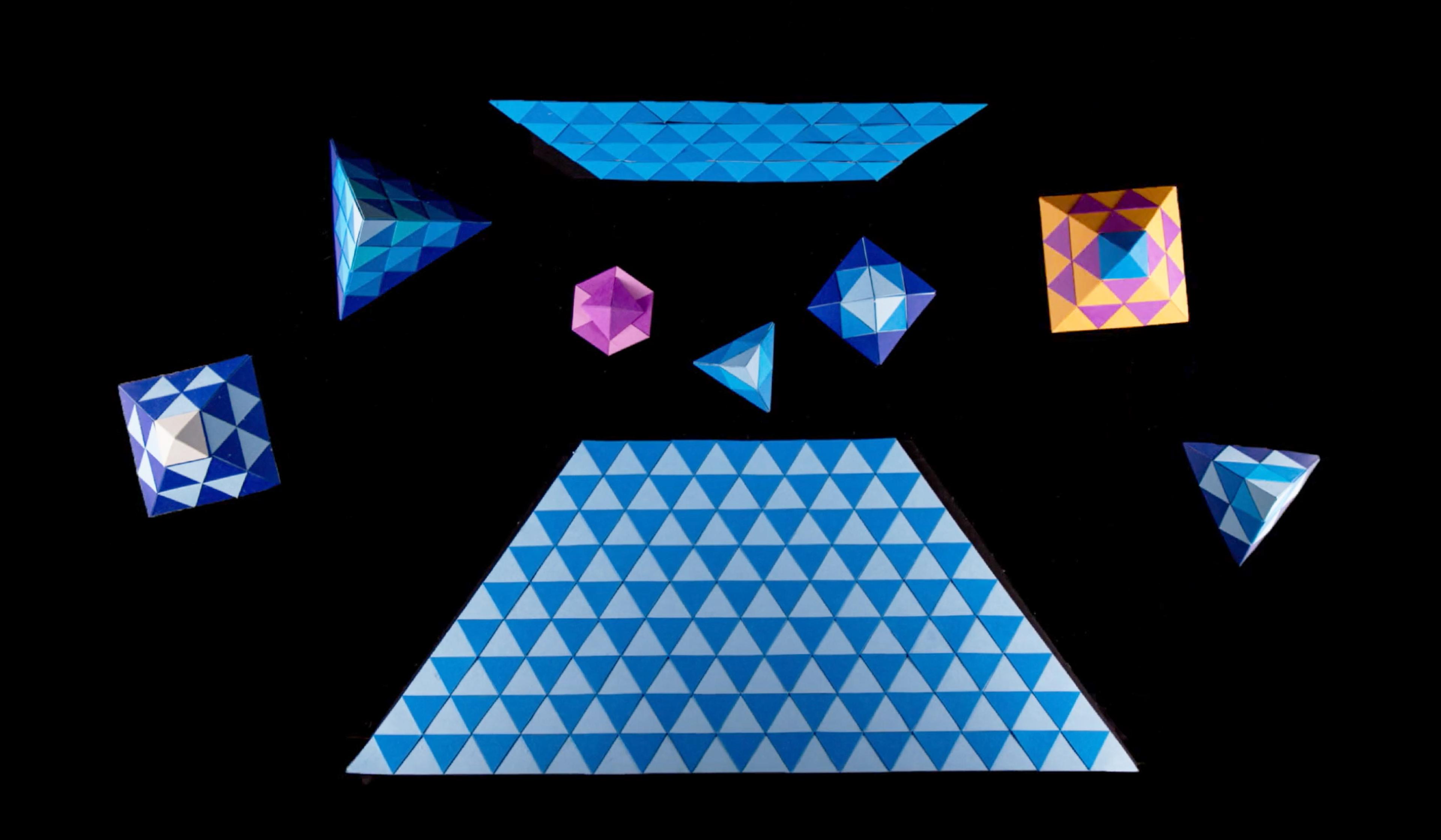
video
Film and visual culture
Stop-motion origami unfurls in a playful exploration of how senses overlap
3 minutes